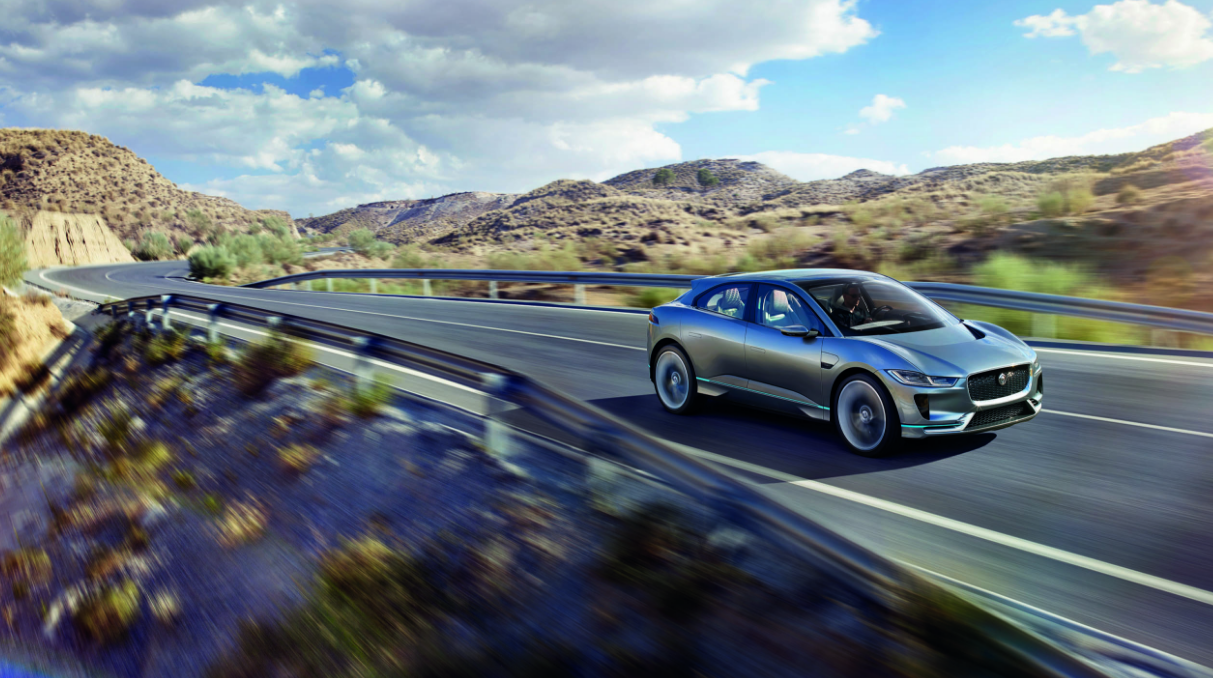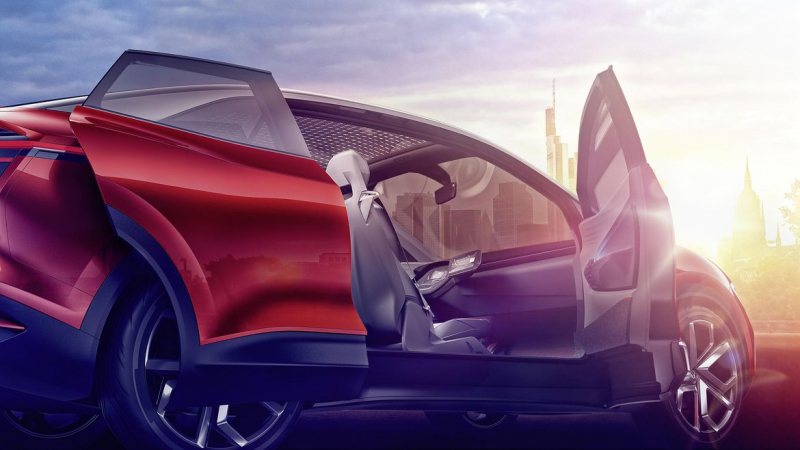The all-new battery-electric SUV, unveiled this week as a concept at the Los Angeles Motor Show, changes practically every traditional Jaguar ingredient and is due on the road in about 18 months’ time. It marks the start of a bold new chapter in the engineering and design history of Jaguar Land Rover. Jaguar’s brief for its long-anticipated first electric vehicle was to “create a performance SUV that is spacious, sporty and usable”, but the final design isn’t merely an electric version of the successful F-Pace SUV.

Instead, the I-Pace exploits the packaging advantages of an electric powertrain to marry a sleek four-door bodystyle with generous cabin space, four-wheel drive capability and performance on a par with a rear-wheel-drive Jaguar F-Type R. The definitive production version of the I-Pace will be revealed at the end of next year, with most of the concept’s key features likely to be carried over. The car will go on sale in 2018 at a price expected to be about 10-15% above that of an F-Pace of similar specification, although Jaguar remains tight-lipped on pricing. The I-Pace will take on Tesla’s Model X, the Audi e-tron and a production version of the Mercedes Generation EQ concept shown at the Paris Motor Show in September.

The I-Pace Concept’s drive is provided by a pair of synchronous permanent magnet electric motors, one integrated into each axle and paired with a single-speed epicyclic transmission. The powertrain provides four-wheel drive, immediate response from a standstill and rapid torque distribution between the two axles. Each motor produces the equivalent of 197bhp, meaning the I-Pace Concept has 395bhp and 516lb ft on tap. Jaguar’s claimed 0-60mph time for the car is 4.0sec. The car’s maximum range on a fully charged battery is about 310 miles. Mike Cross, JLR chief engineer of vehicle integrity, said that this will be the first electric vehicle developed for enthusiasts who love driving.











